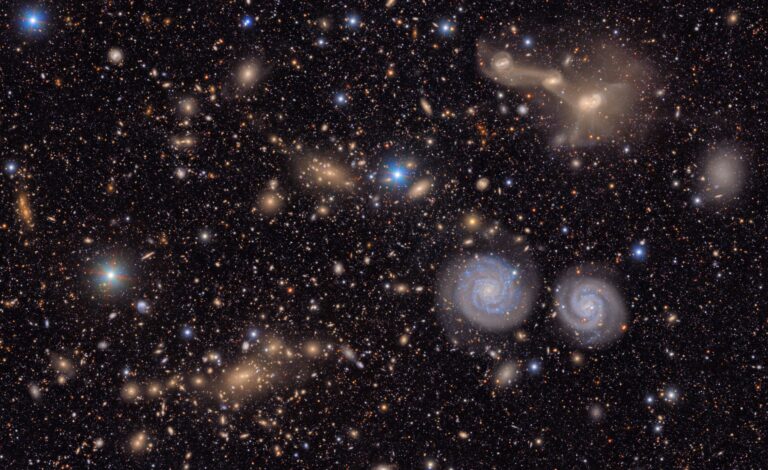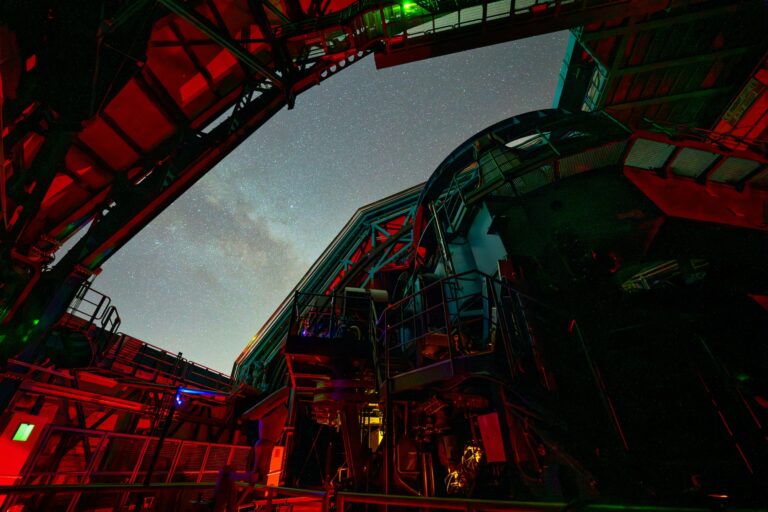Recent work led by Masataka Aizawa of the University of Tokyo and published in The Astronomical Journal on March 31 and highlighted by the American Astronomical Society examined the possibility of spotting rings around several long-period transiting planet candidates. Long-period transiting planets are farther out in their solar system, which promotes ring longevity. Planets that are close to their star experience conditions too hot for icy rings to last very long. Because planetary rings generally have negligible mass compared to the planet and its sun, detecting them via their gravitational influence is nearly impossible. But other methods, such as looking for ring signatures during planetary transits or via spectroscopy, which reveals the chemical makeup of the planetary system, hold greater promise.
The rings of Uranus were definitively discovered via the first method in 1977, when James Elliot, Edward Dunham, and Jessica Mink watched the ice giant occult (pass in front of) a distant background star. Occultations, like transits, give astronomers information about a planet’s size, atmosphere, and, if present, ring system. Elliot and his team observed five smaller dips in the starlight before and after the sphere of Uranus blocked the star from view. These additional dips were smaller occultations caused by the planet’s rings.
Aizawa’s team examined a sample of 89 transiting planet candidates to look for rings. Using the transit light curves, which show the changes in starlight over time as the planet passes in front of its sun, they tried to fit the data to a model of a single planet without rings crossing the face of its star. A poor match between the predicted and actual changes in starlight could signal the presence of rings or other features.
One candidate stood out: KIC 10403228, a planet orbiting an M-dwarf star. The team then created models of ringed planets transiting a star and compared these model results to the data, revealing a better match. However, these models are not unique — other possibilities, such as a binary companion with a circumstellar dust disk or even a third star in the system, could produce the same types of changes in starlight that were observed. Although Aizawa’s group can’t yet rule out these possibilities, they state that future observations such as high-resolution imaging or spectroscopy might be able to determine which model is correct, confirming whether or not the planet has rings and providing more data to improve their models.
More easily detecting whether a planet has rings could provide even more information about the objects we find orbiting distant stars. If astronomers can determine the plane of the rings, they can also extract information about the planet’s spin, which is currently extremely difficult to measure — only four known exoplanets display signals that are likely related to their spin.
Astronomers have long been asking the question, Is our solar system unique? Now that we’ve amassed a catalog of more than 3,000 planets, with many more candidates awaiting confirmation, the question remains, albeit with a few changes. We no longer ask whether the fact that our Sun has planets is unique; we now ask whether the type, placement, and other characteristics of our planets are unique. As the search for reliable ways to detect planetary rings, atmospheres, and other features continues, astronomers will be better able to answer those questions, and many more










